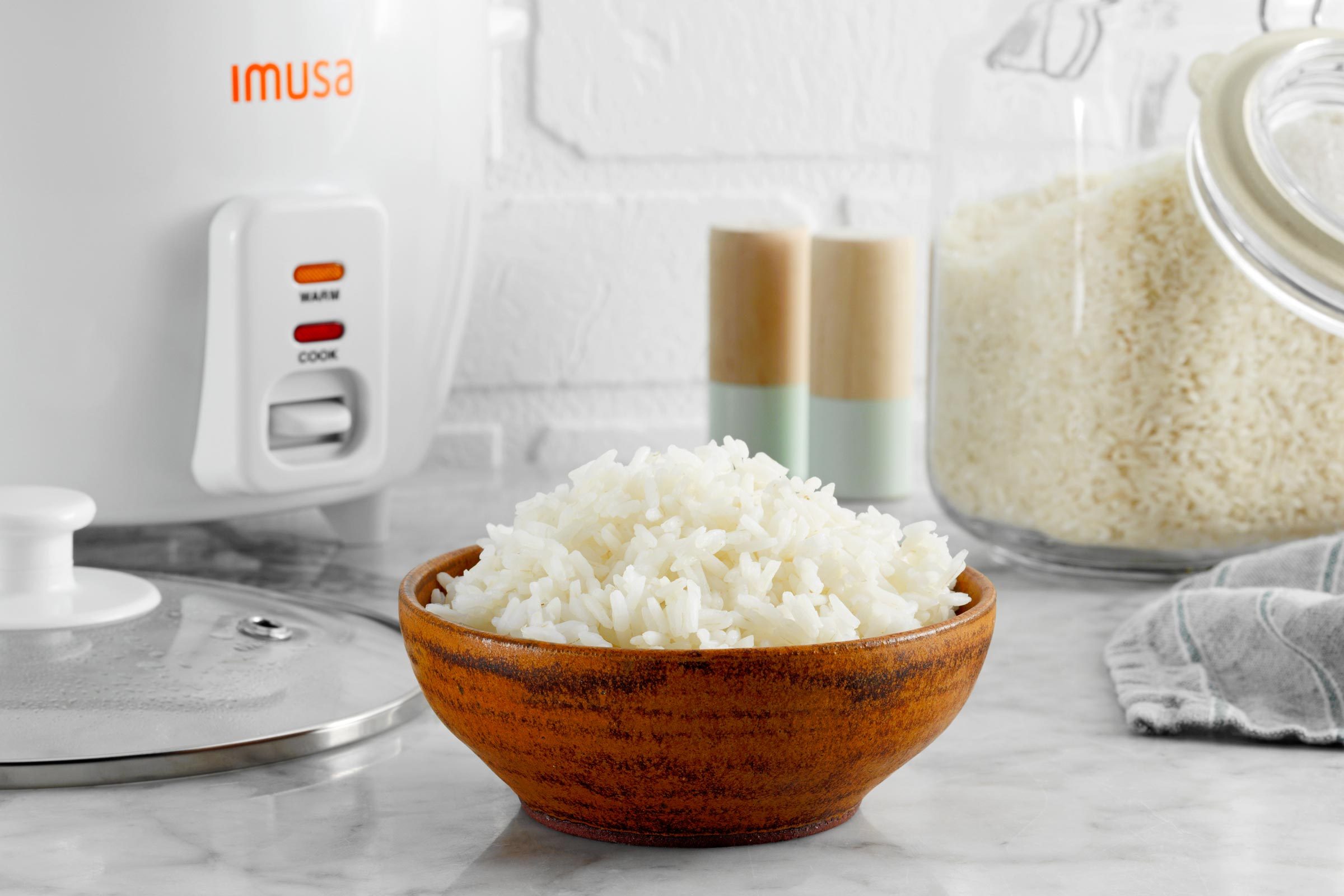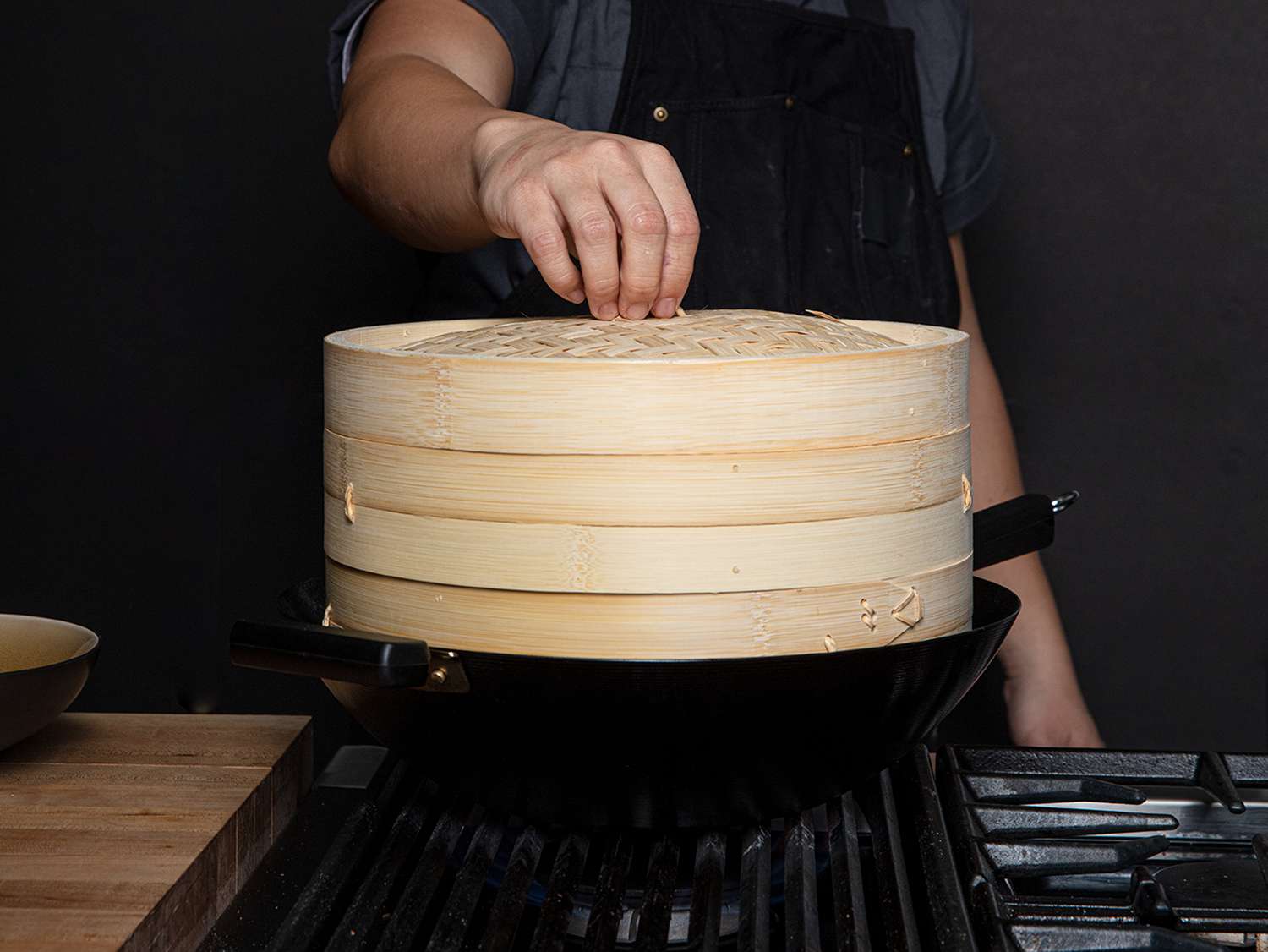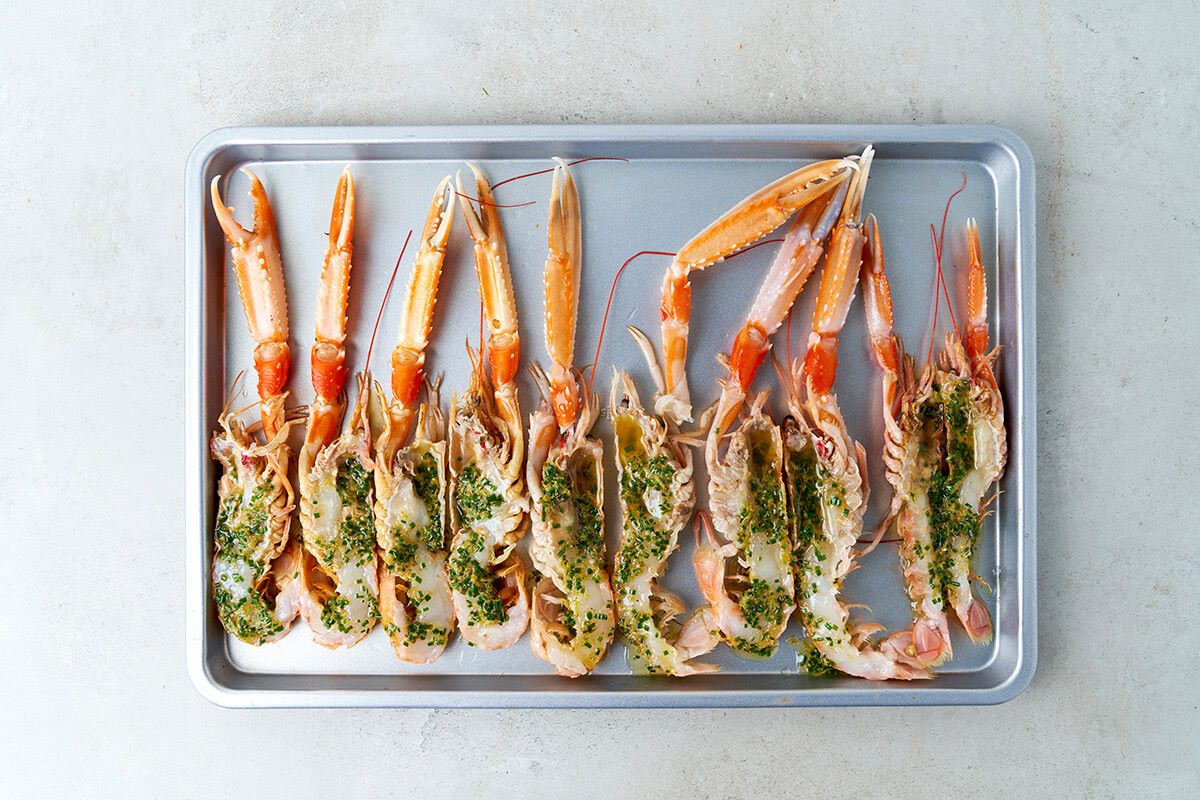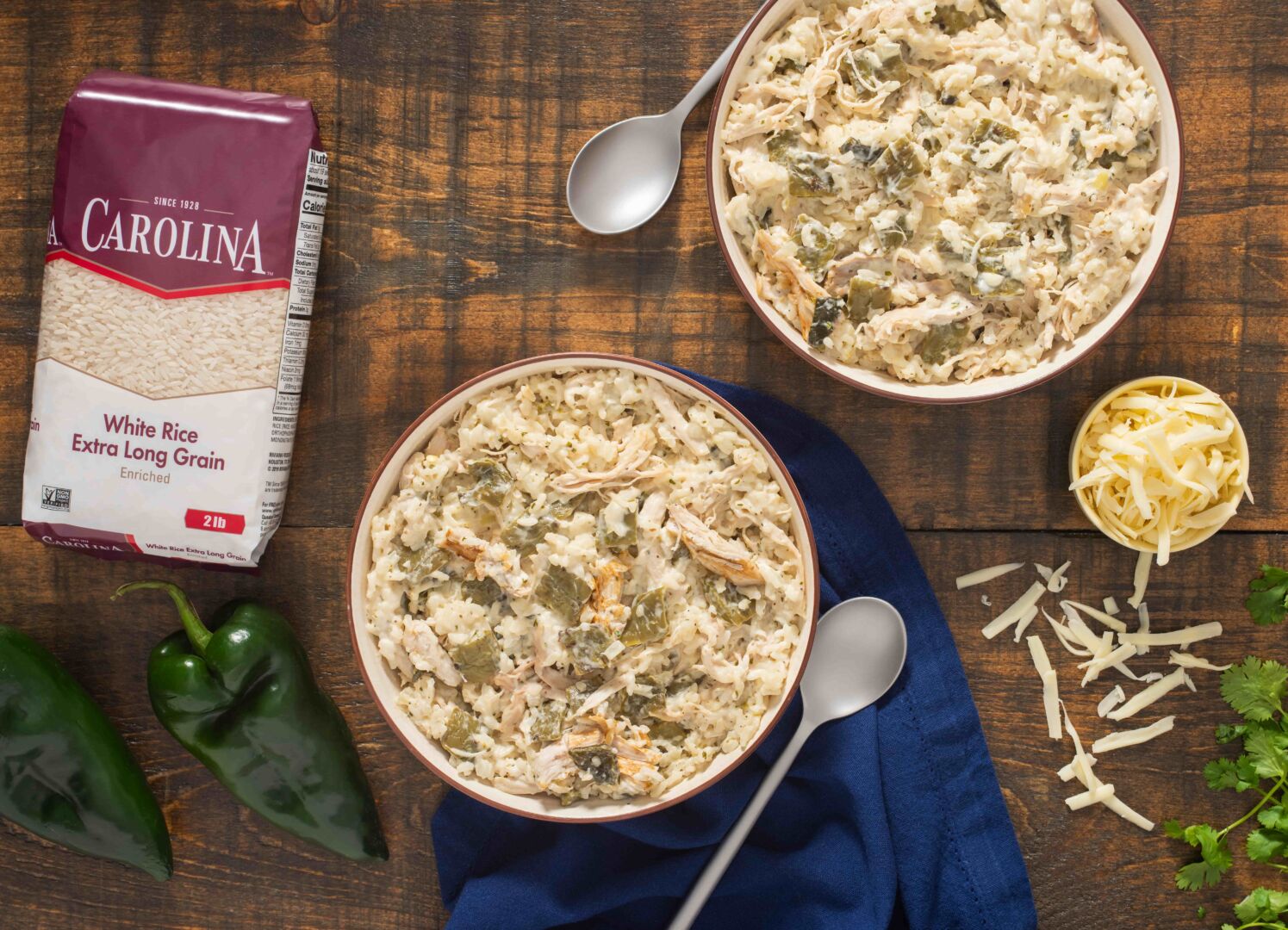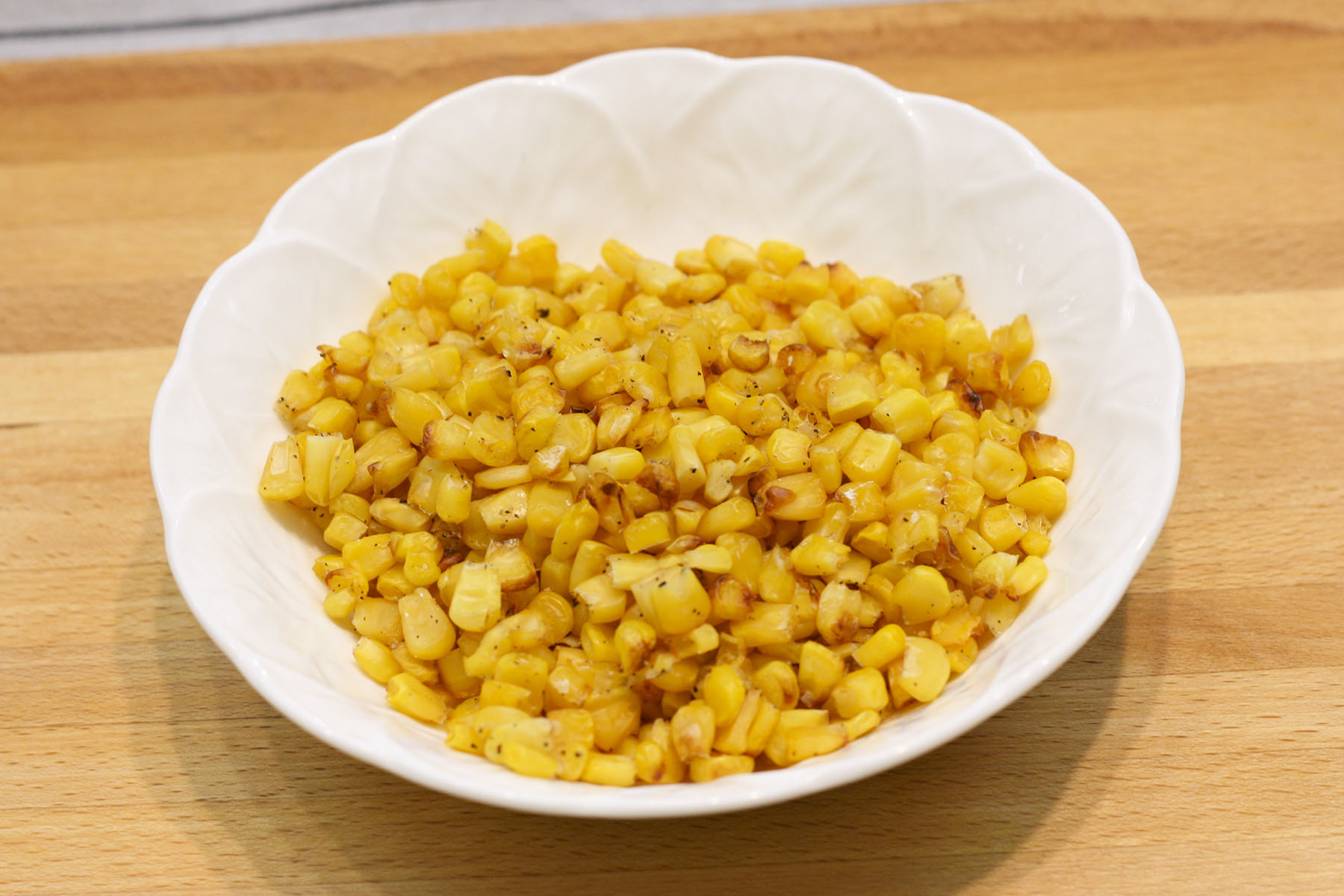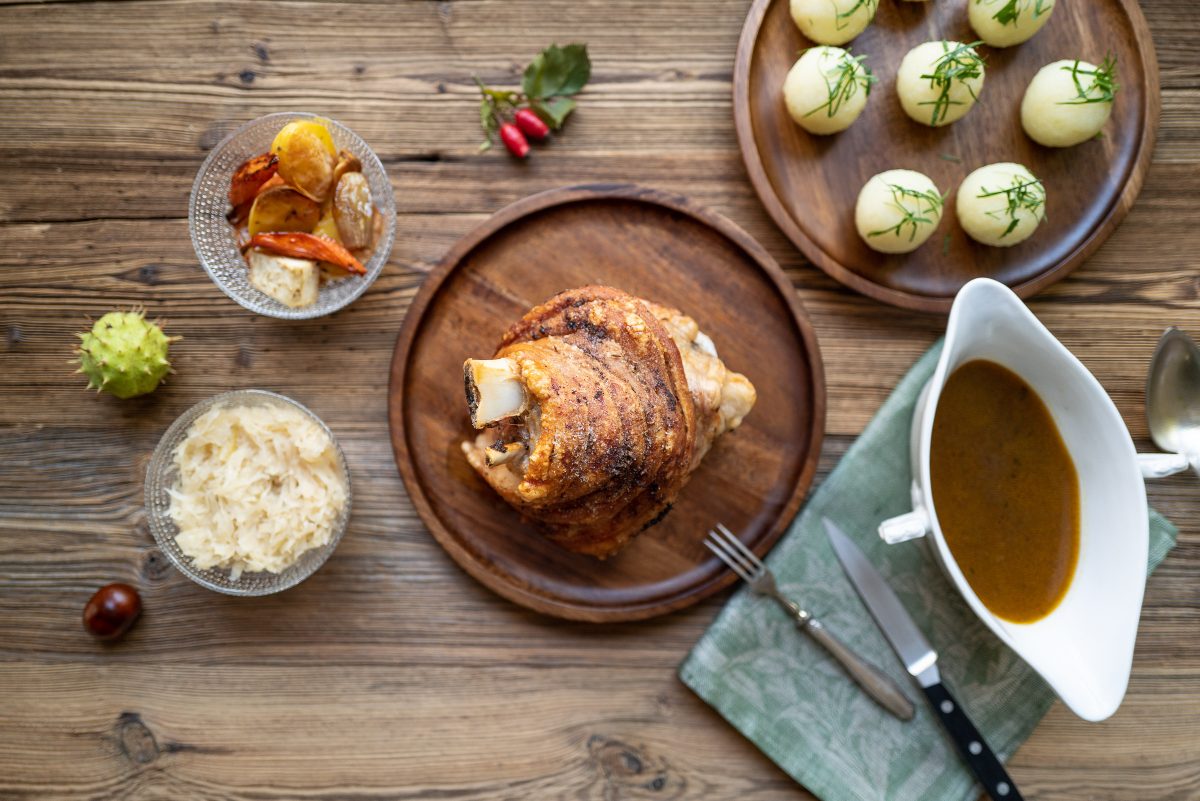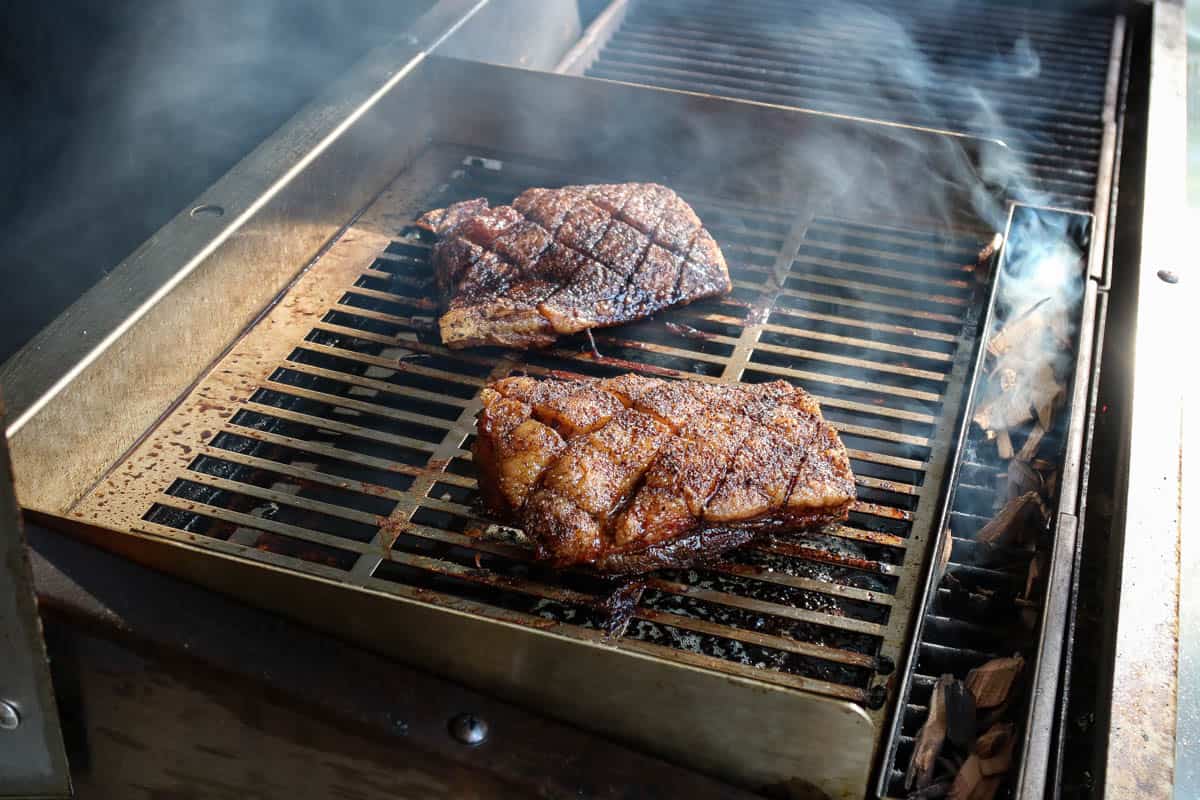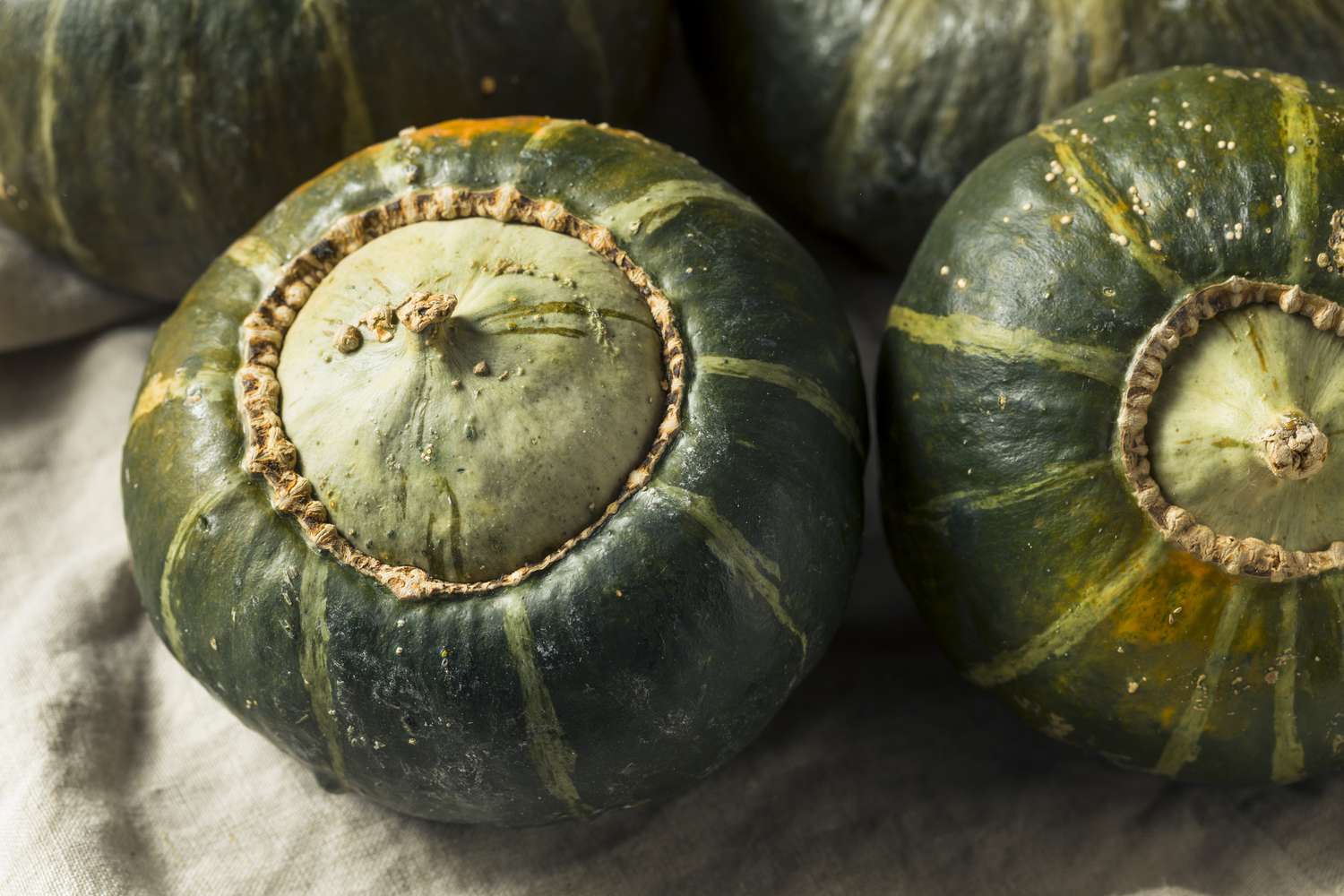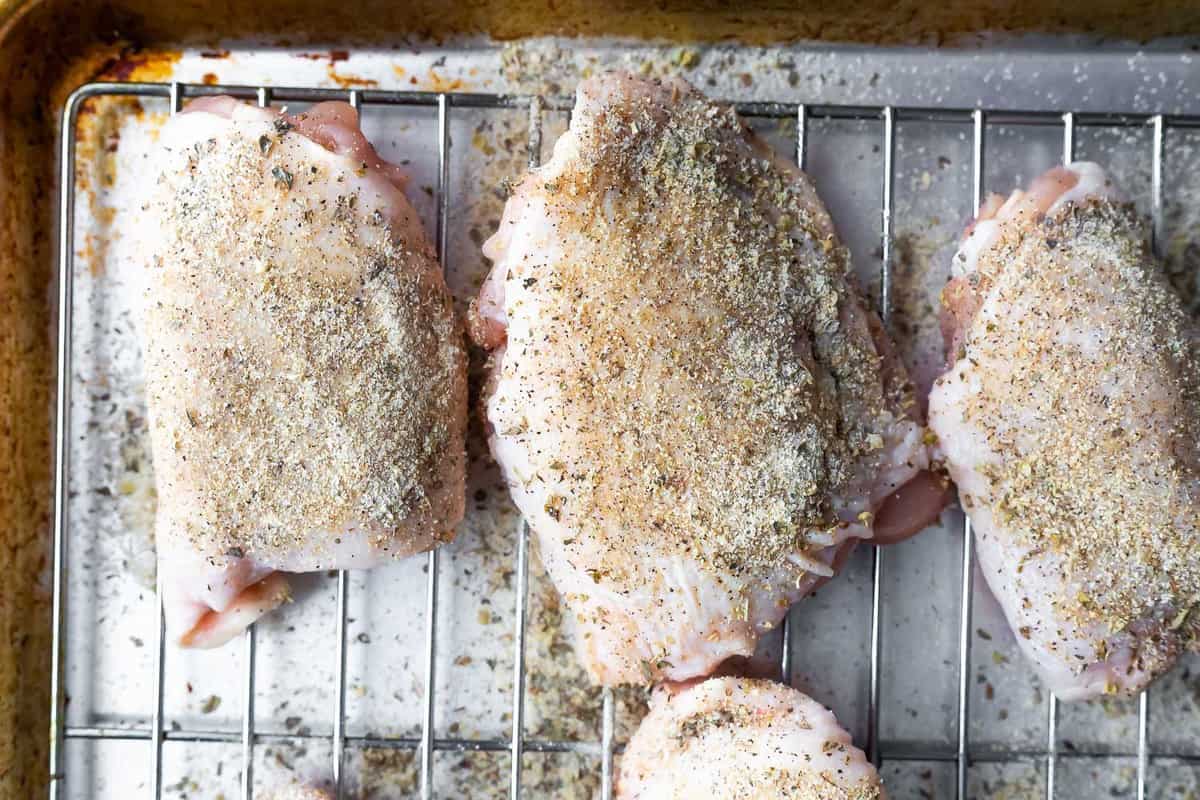Cooking Tips for Perfectly Tender Pork Rump Roast
Are you eager to impress your friends and family with a delicious and tender pork dish? Look no further than the succulent and flavorful pork rump roast. This cut of meat, when cooked correctly, can be an absolute showstopper. Follow these expert cooking tips to achieve a juicy and tender pork rump roast every time.
Choose the Right Cut
When it comes to pork rump roast, selecting the right cut is key. Look for a roast that has a good amount of marbling, as this will contribute to the moisture and tenderness of the meat. Additionally, opt for a boneless roast, as it is easier to handle and ensures more even cooking.
Preparation is Key
Prior to cooking, take some time to prepare your pork rump roast for maximum flavor. Begin by seasoning the meat generously with salt and pepper. Feel free to get creative by adding herbs and spices such as rosemary, thyme, garlic, or paprika to elevate the taste.
Searing for Flavor
To enhance the flavor and create a rich caramelization on the exterior, start by searing the pork rump roast. Heat a heavy-bottomed skillet on medium-high heat and add a drizzle of oil. Place the roast in the hot skillet and sear each side until nicely browned. This step is crucial for sealing in the juices and obtaining that mouthwatering crust.
Temperature is Everything
Properly cooking your pork rump roast to the right internal temperature is essential for achieving a tender and juicy result. Use a meat thermometer to ensure that the roast reaches an internal temperature of 145°F (63°C). This will guarantee that the pork is cooked through but still wonderfully pink and moist.
Rest and Carve
Allowing your cooked pork rump roast to rest is a vital step in maintaining its juiciness. Tent the roast loosely with aluminum foil and let it rest for about 10-15 minutes before slicing. This resting period allows the juices to redistribute, resulting in a tender and flavorful roast.
Serving Suggestions
Once your pork rump roast is ready, it’s time to serve up a delightful meal. Here are a few serving suggestions to get your culinary creativity flowing:
- Slice the roast thinly and serve with a tangy apple sauce.
- Pair the pork with roasted vegetables and baby potatoes for a wholesome dinner.
- Shred the meat and prepare mouthwatering pulled pork sandwiches with your favorite BBQ sauce.
- Enjoy the roast alongside a fresh green salad and a side of creamy mashed potatoes.
- Stuff sliced pork rump roast into warm tortillas for a delightful taco filling.
Experiment with different sides and seasonings to find your perfect pairing for this delectable pork rump roast.
Conclusion
Now that you have the inside scoop on how to cook a perfect pork rump roast, it’s time to put your culinary skills to the test. Remember to choose the right cut, season well, sear for flavor, cook to the right temperature, and allow for a proper resting period. With these expert tips, your pork rump roast will undoubtedly become a frequent favorite on your dinner table. Enjoy!
For those eager to master the art of pork rump roast, there are a multitude of exciting recipes to try. Start with the Classic Roast Pork with Apple Sauce for a traditional, comforting dish that pairs beautifully with the sweetness of apples. If you're in the mood for something with a bit more zest, the Herb-Crusted Pork Rump Roast offers a flavorful crust that’s sure to impress. For a dinner party, the Slow-Roasted Pork with Garlic and Rosemary provides a tender, aromatic option that's both simple and elegant. Adventurous cooks might enjoy the Asian-Inspired Pork Rump Roast with Soy and Ginger, which brings a fusion of savory and slightly sweet flavors. Finally, the Maple-Bourbon Glazed Pork Rump Roast is a must-try for those who appreciate a rich, sweet glaze that perfectly complements the pork's natural flavors. Each of these recipes will help you perfect your technique and delight your taste buds.
Was this page helpful?
Read Next: How To Cook Frozen Chicken In A Pan
